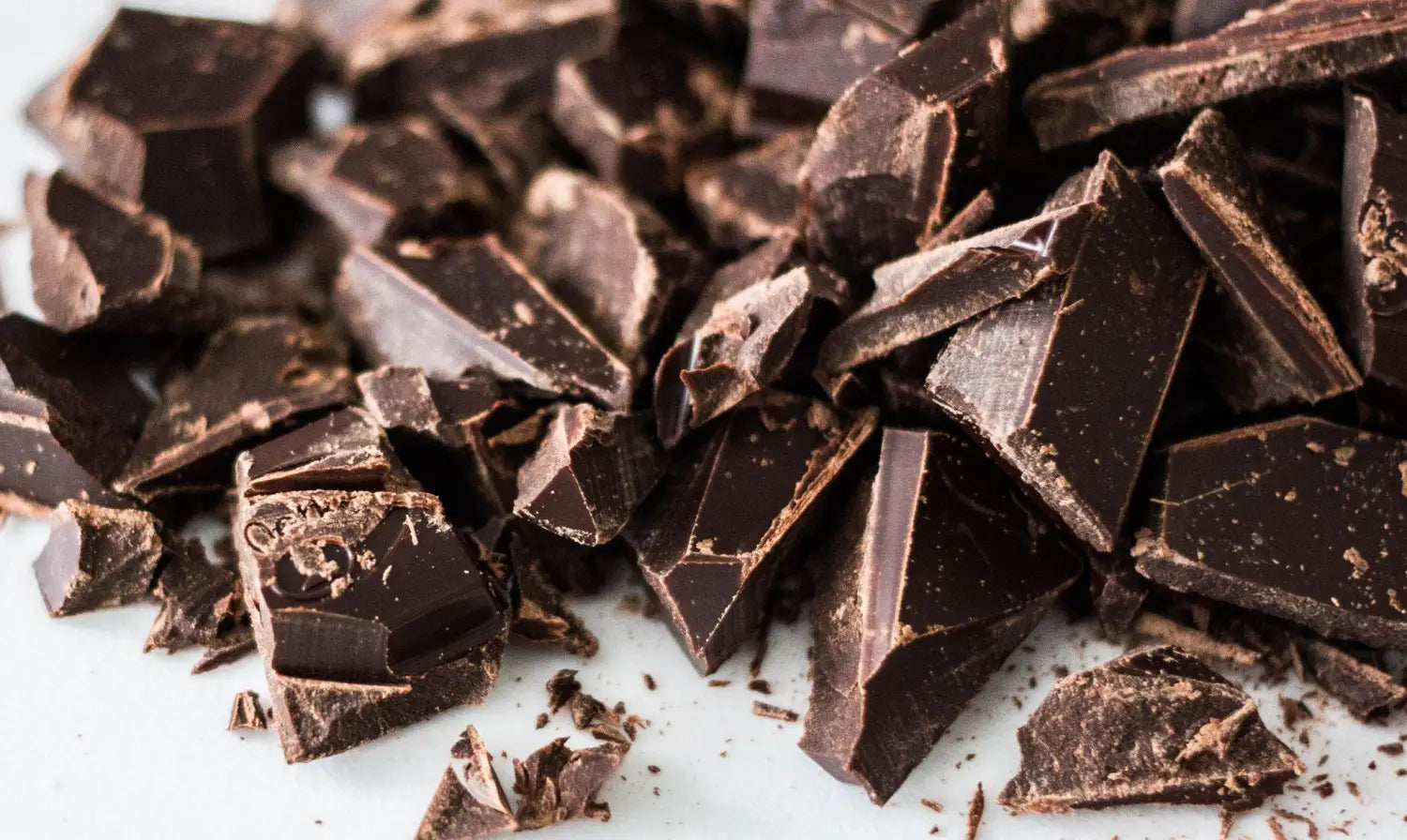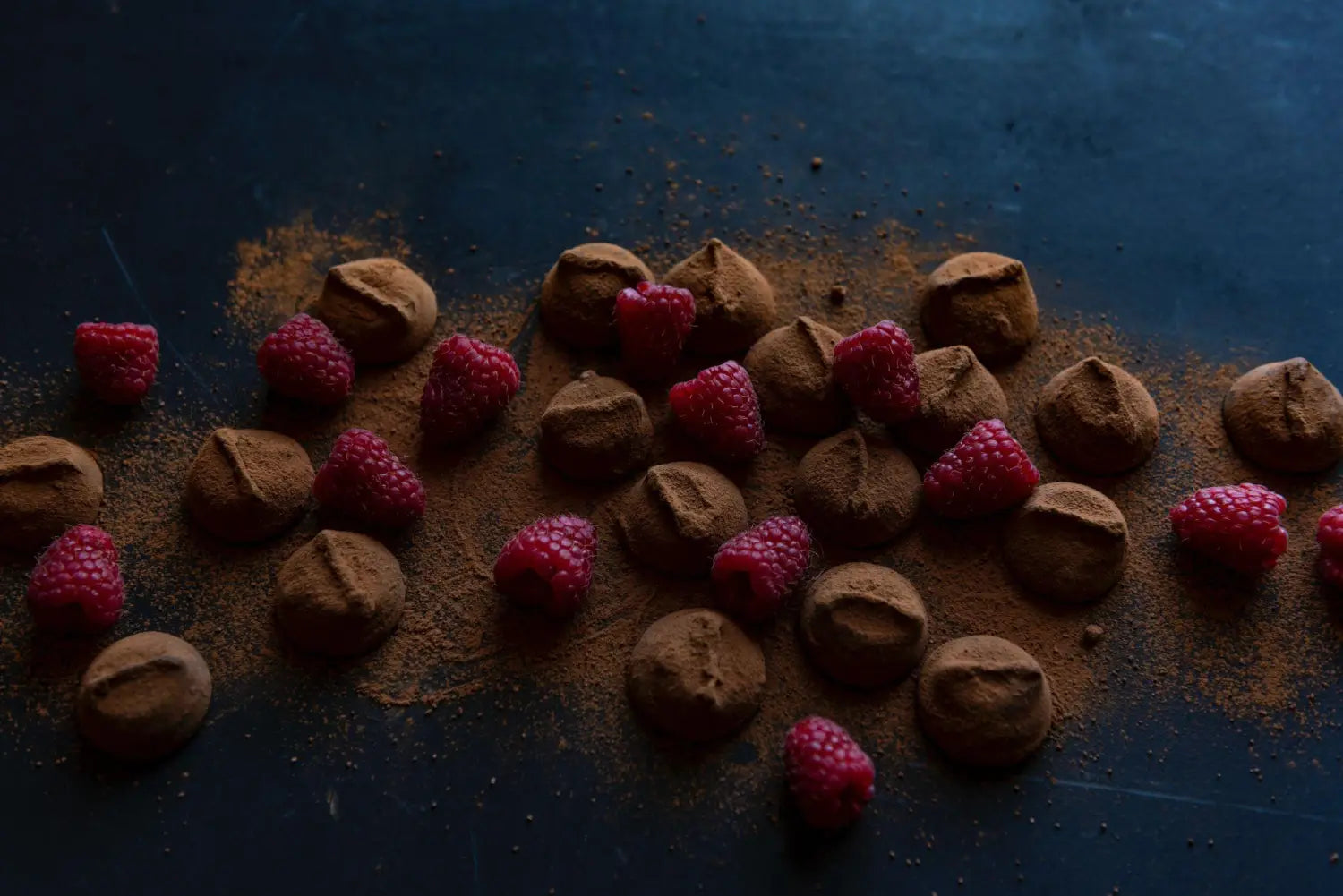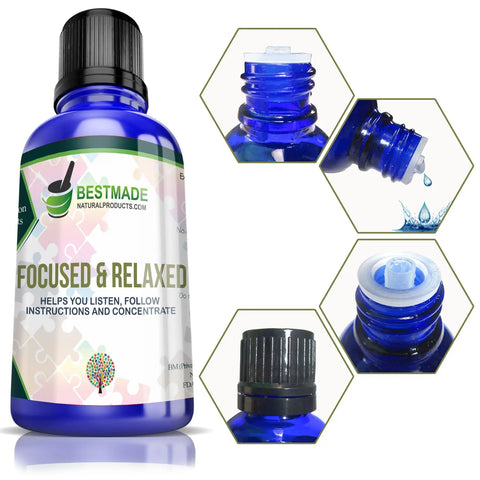CHOCOLATE - Is it healthy or not? All You Need To Know About It
You’d be hard-pressed to find anyone who doesn’t like chocolate. While it's mostly known for its taste (and the associated cravings), it’s also a good source of nutrients when in its pure form and eaten in moderation.
BM38 provides natural support for inflammation of the skin's hair follicles and sebaceous glands; acne vulgaris, topical acne, infantile acne, chemical acne, or acne due to increased levels of androgen hormones.
This well-loved food, once called the "drink of the gods" by the Maya people, has a rich history as well. Chocolate comes from the seeds of the cacao pod, which grows on the cacao tree. Theobroma cacao is native to the tropical rainforests of Central America, where it has grown for thousands of years.
Healthy chocolate sounds like a dream come true, but chocolate hasn't gained the status of a health food quite yet. Still, chocolate's reputation is on the rise, as a growing number of studies suggest that it can be a heart-healthy choice.
Chocolate and its main ingredient, cocoa, appear to reduce risk factors for heart disease. Flavanols in cocoa beans have antioxidant effects that reduce cell damage implicated in heart disease. Flavanols — more prevalent in dark chocolate than in milk chocolate — may also help lower blood pressure and improve vascular function.
In addition, some research has linked chocolate consumption to reduced risks of diabetes, stroke and heart attack. But more research is needed to confirm these results.
In the meantime, if you want to add chocolate to your diet, do so in moderation. Why? Most commercial chocolate has ingredients that add fat, sugar and calories. And too much can contribute to weight gain, a risk factor for high blood pressure, heart disease and diabetes.
On the other hand, cocoa itself, unlike chocolate, is low in sugar and fat while offering potential health benefits. If you enjoy chocolate flavor, add plain cocoa to your low-fat milk or morning oats.

Eating dark chocolate offers you a good mix of minerals, including:
- Magnesium
- Zinc
- Iron
- Phosphorus
- Copper
- 142 calories
- 2 grams of protein
- 10 grams of fat
- 15 grams of carbohydrates
- 3 grams of fiber
- 11 grams of sugar
- 0 milligrams of cholesterol
- 0 milligrams of sodium
One fact is clear for chocolate: the purer and darker the chocolate, the greater your health benefits. Raw chocolate or minimally processed dark chocolate high in cocoa solids is healthier than milk chocolate and white chocolate. Dark chocolate has anywhere from 50 to 90 percent cocoa solids, while milk chocolate is typically 10 to 30 percent. White chocolate is pure cocoa butter and doesn't offer you any health benefits.
BM116 may help with dizziness, headache & blurred vision in people with blood pressure issues.
Chocolate receives a lot of bad press because of its high fat and sugar content. Its consumption has been associated with acne, obesity, high blood pressure, coronary artery disease, and diabetes.
However, according to a review of chocolate’s health effects published in the Netherlands Journal of Medicine, it’s not all bad news.
The authors point to the discovery that cocoa, the key ingredient in chocolate, contains biologically active phenolic compounds.
This has changed people’s views on chocolate, and it has stimulated research into how it might impact aging, and conditions such as oxidative stress, blood pressure regulation, and atherosclerosis.
Chocolate’s antioxidant potential may have a range of health benefits. The higher the cocoa content, as in dark chocolate, the more benefits there are. Dark chocolate may also contain less fat and sugar, but it is important to check the label.
Eating chocolate may have the following benefits:
- lowering cholesterol levels
- preventing cognitive decline
- reducing the risk of cardiovascular problems
BM135 is best used for issues related to high cholesterol, including deposits of excess fatty substance that collect in the skin or eyelid tissues and nodules in tendons, hands, or feet.
It is important to note that the possible health benefits mentioned below came from single studies. More research is needed to confirm that eating chocolate can really improve people’s health.

Types of chocolate
There are many different types of chocolate, which can be broadly classified as white chocolate, milk chocolate and dark chocolate, depending on the relative proportions of cocoa and milk they contain.
White chocolate contains milk but no cocoa, while dark chocolate contains cocoa (in higher concentrations than milk chocolate) but no milk. Milk chocolate contains both milk and cocoa.
White, milk and dark chocolate can be manufactured in different ways and may therefore take different forms. For example, they may be sold as blocks of plain chocolate, as chocolate bars with additional ingredients such as nuts and wafers or as sauces or drinks.
Another means of classifying chocolate is as either block or compound chocolate. Compound chocolate, most often used for cooking, is made from cocoa and vegetable fats. Block chocolate (white, milk and dark) mixes cocoa with cocoa butter. The distinct compositions of compounds compared to block chocolate have an effect on the relative proportions of saturated, mono-unsaturated and poly-unsaturated fat levels in each.
BENEFITS OF EATING DARK CHOCOLATE
1. CHOCOLATE MAY REDUCE THE RISK OF HEART DISEASE AND STROKE
The risk of heart disease has been reduced in study participants who consumed dark chocolate. The prevention of calcified plaque in the arteries is thought to be the benefit. Cocoa may prove even more beneficial, and the eating of cocoa-containing foods was emphasized over dark chocolate. So, if you aren’t a fan of dark chocolate, try foods with flavanols, such as apples and green tea.
2. CHOCOLATE MAY LOWER BLOOD PRESSURE
It’s been suggested that enjoying rich dark chocolate is linked to lower blood pressure. It’s the effect of cocoa polyphenols that were determined to initiate changes in the levels. The study involved low doses of cocoa – participants received less than an ounce per day and still had positive results.
3. CHOCOLATE CAN HELP IMPROVE YOUR MOOD
Chocolate has valeric acid, which acts as a stress reducer. Along with that, chocolate promotes the production of serotonin, which is a neurotransmitter known to have calming effects.
4. CHOCOLATE IS HIGH IN ANTIOXIDANTS
The maximum-level flavonoids in chocolate are what have the antioxidant powers. So much so, that they are more effective than the flavonoids in tea and wine. Note, it’s the dark chocolate that has the antioxidant power over milk chocolate.
5. CHOCOLATE IS FULL OF NUTRIENTS
Chocolate is full of nutrients, but again, the darker the chocolate, the healthier it is. Take a look at some of the nutrients:
-
Copper
-
Zinc
-
Magnesium
-
Iron
-
Phosphorus
6. CHOCOLATE CAN PROTECT THE SKIN FROM THE SUN
Want to protect your skin against the ravages of the sun? Of course, wearing sunscreen is the best way to protect your skin. But there is some evidence that dark chocolate offers protection against the UV rays of the sun.
BM89 may help your body deal with mood swings, including excessive self-obsession, hallucinations, failure to concentrate, extreme fear, fear of being alone, sudden escalating anxiety, and over-protectiveness.
7. CHOCOLATE ENHANCES BRAIN FUNCTION
Studies have been conducted that point to the fact that the cocoa polyphenols in dark chocolate may alter brain activation patterns. Evidence points to increased blood flow to the brain. And as well, cocoa flavonoids may produce antioxidant effects that can protect the brain.
Focused & Relaxed is best used for encouraging calmness and reducing impulsive actions. It may improve concentration while helping reduce frustration. Supports active listening and helps minimize distractions. Achieve better results at school and work.
8. CHOCOLATE HAS ANTI-INFLAMMATORY EFFECTS
We all know that diet plays a big part in illnesses like cardiovascular disease. Interestingly, flavonoids (especially the epicatechin found in cocoa) have anti-inflammatory properties that work against chronic inflammation leading to illnesses like cardiovascular disease.
9. CHOCOLATE CAN BOOST ATHLETIC PERFORMANCE
A study determined that the consumption of dark chocolate by participants enhanced their athletic performance. That’s because the flavanols (compounds of flavonoids) increase nitric oxide, which, in turn, reduces oxygen cost when exercising.
10. CHOCOLATE MAY REDUCE THE RISK OF DIABETES
The anti-inflammatory effects of cocoa are believed to have a positive benefit when it comes to diabetes. Cocoa may influence insulin levels and resistance. It’s the epicatechin that can boost insulin levels and control blood sugar.
11. CHOCOLATE CAN HELP WITH WEIGHT LOSS
This is a tricky one – you’ve got to look at the concept. Chocolate (dark chocolate with a high cocoa content) has fiber that keeps you full and gives you a feeling of satiety. However, even though the chocolate is dark, and therefore healthier than, say, milk chocolate, you cannot go overboard. If you do, you defeat the purpose. And you cannot eat milk chocolate and expect the same effects.

Risks and precautions of eating milk chocolate
Chocolate may have health benefits, but it can have some negative effects, too.
Weight gain: Some studies suggest that chocolate consumption is linked to lower body mass index (BMI) and central body fat. However, chocolate can have a high calorie count due to its sugar and fat content. Anyone who is trying to slim down or maintain their weight should limit their chocolate consumption and check the label of their favorite product.
Sugar content: The high sugar content of most chocolate can also be a cause of tooth decay.
Migraine risk: Some people may experience an increase in migraines when eating chocolate regularly due to cocoa’s tyramine, histamine, and phenylalanine content. However, research is mixed.
Bone health: There is some evidence that chocolate might cause poor bone structure and osteoporosis. The results of one study, published in The American Journal of Clinical Nutrition, found that older women who consumed chocolate every day had lower bone density and strength.
Heavy metals: Some cocoa powders, chocolate bars, and cacao nibs may contain high levels of cadmium and lead, which are toxic to the kidneys, bones, and other body tissues.
In 2017, Consumer Lab tested 43 chocolate products and found that nearly all cocoa powders contained more than 0.3 mcg cadmium per serving, the maximum amount recommended by the World Health Organization (WHO).
All in all, eating chocolate can have both health benefits and risks. As ever, moderation is key.
Natural Weight Loss Program is formulated to naturally control hunger and burn fat. It may help you achive your optimal weight and health.
Light vs. dark chocolate
Manufacturers of light, or milk, chocolate, claim that their product is better for health because it contains milk, and milk provides protein and calcium. Supporters of dark chocolate point to the higher iron content and levels of antioxidants in their product.
How do the nutrients compare?
Here are some sample nutrient levels in light and dark chocolate,
|
Nutrient |
Light (100 g) |
Dark (100 g) |
|
Energy |
531 kcal |
556 kcal |
|
Protein |
8.51 g |
5.54 g |
|
Carbohydrate |
58 g |
60.49 g |
|
Fat |
30.57 g |
32.4 g |
|
Sugars |
54 g |
47.56 g |
|
Iron |
0.91 mg |
2.13 mg |
|
Phosphorus |
206 mg |
51 mg |
|
Potassium |
438 mg |
502 mg |
|
Sodium |
101 mg |
6 mg |
|
Calcium |
251 mg |
30 mg |
|
Cholesterol |
24 mg |
5 mg |
The darker the chocolate, the higher the concentration of cocoa, and so, in theory, the higher the level of antioxidants there will be in the bar.
However, nutrients vary widely in commercially available chocolate bars, depending on the brand and type you choose. It is best to check the label if you want to be sure of the nutrients.
Unsweetened chocolates and 100-percent cocoa products are available for purchase online, and at some grocery and health food stores.
The bottom line
Dark chocolate may aid weight loss through several mechanisms, such as by improving insulin sensitivity, reducing hunger and appetite, and enhancing mood.
However, it’s important to keep in mind that dark chocolate is also high in calories and fat, and many varieties contain high amounts of added sugar.
For this reason, it’s best to select high quality products that are low in added sugar and contain at least 70% cocoa, as well as enjoy it in moderation as part of a healthy, well-rounded diet.
Fortunately, dark chocolate can be purchased in bite-sized, individually wrapped pieces, which might help promote portion control.








Deixe um comentário